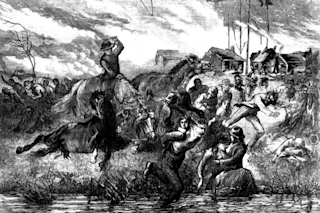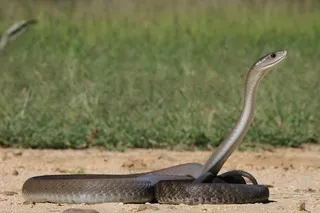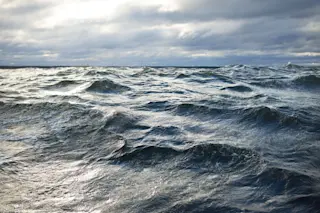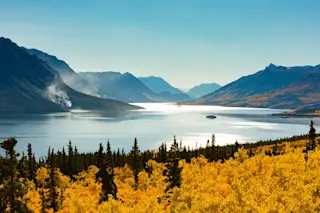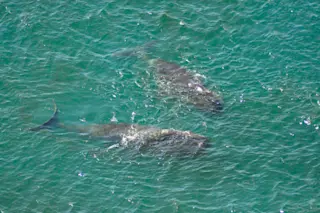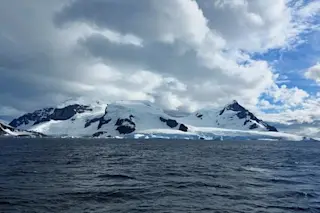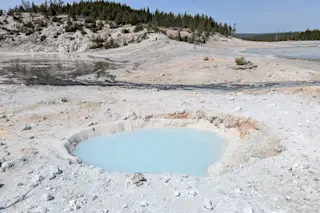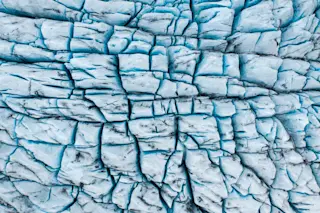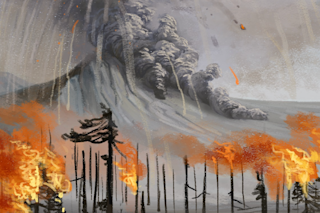Much of the coverage of the wildfire that destroyed the Maui city of Lahaina on Aug. 8 labels it the deadliest wildfire “in modern American history” or “in America in over a century.” With 115 people known dead and dozens still missing, it’s hard to grasp what a worse fire could look like.
But on the evening of Oct. 8, 1871, the deadliest wildfire in recorded world history burned through 1.5 million acres of northern Wisconsin. By the next day, the booming town of Peshtigo had been annihilated and up to 2,500 people were dead.
The painful irony was that Peshtigo could not have existed without fire.
The farmers who worked the surrounding land used slash-and-burn methods, and railroad companies set fires to clear ground for their tracks. The trains that rode those tracks threw sparks that regularly ignited grassfires.
The mills and factories within town not only used fire ...


